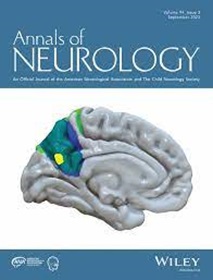Cyclic Alternating Pattern Dynamics in Individuals at Risk for Developing Parkinson's Disease
Abstract
Objective
The objective of this study was to investigate the differences in cyclic alternating patterns (CAP) metrics, a non-rapid eye movement (NREM) sleep physiological rhythm, among recently diagnosed patients with Parkinson's disease (PD), and individuals at high and low risk for developing PD based on genetic and prodromal risk.
Methods
In this cross-sectional exploratory study, participants underwent clinical, cognitive, and motor evaluation to compute risk based on the Movement Disorder Society (MDS) prodromal criteria and a standard overnight polysomnography. CAP rate, CAP index, A index subtypes, number of CAP sequences, and CAP sequence duration were computed from the electroencephalogram (EEG) signal.
Results
The study included 30 patients with early PD (mean age = 62.80 ± 7.69, disease duration = 1.10 ± 1.09), 26 participants at risk for PD (age = 64.88 ± 10.09), and 36 participants with low risk for PD (age = 56.83 ± 7.41). Despite comparable macrosleep architecture, most CAP measures were significantly lower in patients with PD compared with the low-risk group, whereas the at-risk group showed transitional values between PD and the low-risk group. The A2 index was significantly lower in both the at-risk and PD groups from the low-risk group (at risk = 7.59 ± 4.59; PD = 7.71 ± 5.83; and low risk = 12.85 ± 8.63; p = 0.010). Lower CAP rate and lower CAP index were associated with greater disease severity (r = −0.23 and − 0.24, respectively).
Interpretation
Patients with early clinical PD exhibit alterations in CAP dynamics despite having comparable macrosleep architecture. Alterations of the NREM microsleep structure may occur early in the neurodegenerative process and the A2 index may be an early event in the evolution of the disease with the potential to serve as an early marker for disease progression. ANN NEUROL 2025;98:136–146


 求助内容:
求助内容: 应助结果提醒方式:
应助结果提醒方式:


